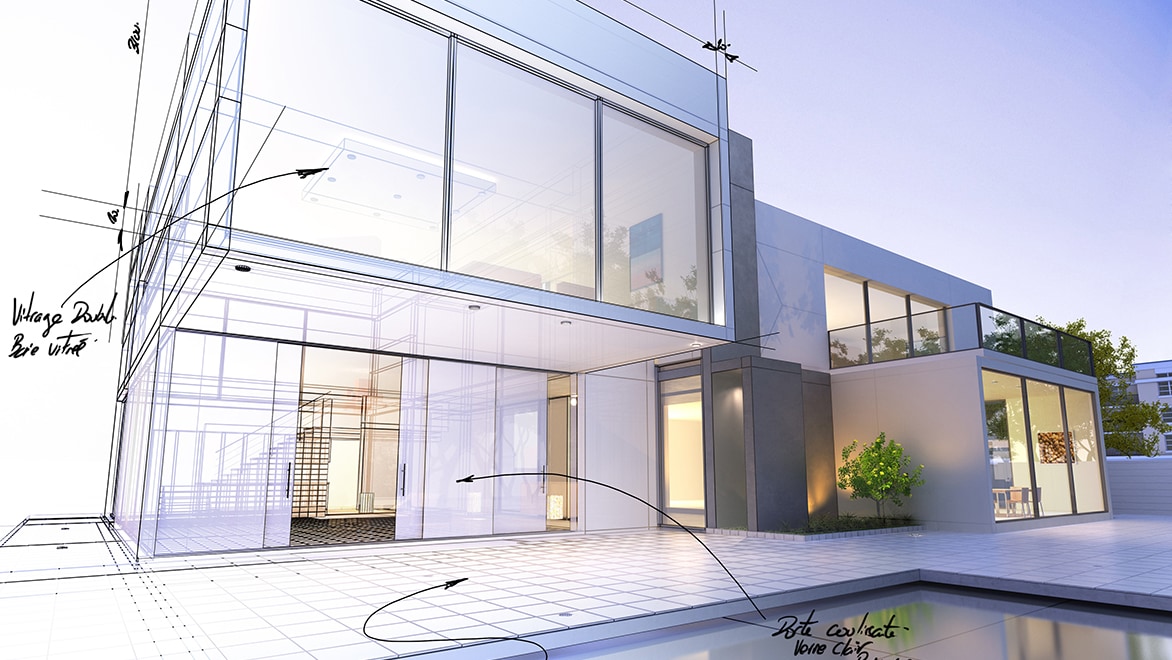Top Reasons to Select CDA Architects for Your Residential or Commercial Styles
Top Reasons to Select CDA Architects for Your Residential or Commercial Styles
Blog Article
Understanding the Collaborative Process In Between Architects and Engineers in Modern Building Projects
The joint procedure in between designers and engineers is important in modern construction tasks, as it integrates style intent with engineering feasibility. Discovering these characteristics exposes insights that could significantly influence job results and overall sector requirements.
The Value of Partnership
The collaborative harmony in between architects and designers is necessary for the successful realization of any kind of building project. This collaboration combines unique knowledge and perspectives, making it possible for the combination of innovative layout with useful design services. By collaborating, architects and designers can ensure that a task not only fulfills aesthetic and useful demands yet likewise sticks to safety, sustainability, and monetary constraints.
Partnership cultivates a shared vision, promoting the alignment of objectives and expectations from the beginning. This placement is important in resolving potential difficulties and mitigating threats that might emerge during the job lifecycle. In addition, a collaborative technique enables the efficient allowance of sources, optimizing both time and expense.
The relevance of collaboration includes the iterative procedure of layout and construction, where feedback from engineers can notify building choices, bring about more possible and sustainable styles. On the other hand, engineers can motivate designers to think artistically about how to achieve structural stability without jeopardizing creative intent. Eventually, the joint partnership in between architects and engineers is not merely useful; it is essential to the development of top notch, useful, and cutting-edge constructed settings that satisfy the requirements of culture.
Interaction Methods and Devices
Reliable interaction methods and devices are crucial for promoting partnership between architects and designers throughout the task lifecycle. Developing clear channels of communication is important to ensure that all team participants are straightened with task purposes, timelines, and duties. Normal conferences, both in-person and digital, supply chances for stakeholders to talk about progress, address problems, and make notified decisions.

Additionally, taking on joint communication tools, such as Slack or Microsoft Teams, enables instantaneous messaging, file sharing, and continuous conversations, promoting a more dexterous reaction to arising concerns. File management systems likewise play a vital function in organizing project documents, guaranteeing that all staff member have access to the current info.
Shared Goals and Job Vision
A combined job vision works as the foundation for successful collaboration between designers and engineers (cda architects). This shared vision not only aligns the initiatives of both parties but also establishes a typical structure for decision-making throughout the job's lifecycle. By expressing clear objectives, stakeholders can effectively navigate the complexities of modern construction projects, guaranteeing that both aesthetic and practical requirements are met
Establishing shared goals entails open discussion and a complete understanding of each self-control's contributions. Designers typically concentrate on style intent, spatial connections, and customer experience, while designers stress architectural stability, systems performance, and compliance with policies. When these perspectives are aligned, the outcome is a natural job that abides by both creative aspirations and technological usefulness.
Additionally, a well-defined project vision cultivates liability among employee, urging each participant to take ownership of their duty in accomplishing the desired outcome. Normal check-ins and collective workshops can further enhance this dedication, enabling modifications to be made as the project advances. Eventually, a shared vision not just enhances synergy however also boosts the high quality of the final deliverable, causing successful task completion.
The Duty of Innovation
Leveraging innovation has actually become essential in boosting collaboration in between engineers and engineers. Building Info Modeling (BIM) stands out as a crucial technology, allowing both designers and designers to develop thorough 3D models that encapsulate style intent and structural stability.
Additionally, cloud-based platforms allow seamless collaboration, allowing project stakeholders to accessibility and upgrade job data from anywhere. This fosters a culture of openness and liability, as modifications can be tracked and evaluated in real-time. Additionally, mobile applications further boost interaction, supplying on-site teams with immediate accessibility to job specifications and updates.
Arising modern technologies such as expert system and machine understanding are additionally beginning to play a straight from the source role in anticipating analysis, helping groups determine potential concerns before they arise. Inevitably, the function of technology in architecture-engineering cooperation not Get the facts only boosts process efficiencies yet also boosts advancement, leading to even more successful task outcomes. By embracing these technical advancements, engineers and engineers can make sure a more natural and productive collective procedure throughout the building lifecycle.
Study in Effective Partnerships
Countless study illustrate the profound influence of effective collaborations in between architects and designers on task results. One remarkable example is the partnership on the High Line in New York City City, where landscape architects, engineers, and metropolitan organizers worked with each other to change an abandoned rail line right into a vivid public park. This multidisciplinary method not just boosted the aesthetic high quality however additionally ensured structural security and ecological sustainability.

The Burj Khalifa in Dubai even more demonstrates the significance of joint initiatives - cda architects. The combination of design and engineering knowledge allowed the project team to attain extraordinary elevations while adhering to safety regulations and visual vision
These instances highlight the significance of communication, trust, and shared purposes. In today's complicated building environment, such collaborations are important to browsing difficulties and delivering tasks that satisfy both functional see this and visionary objectives.
Final Thought
In final thought, the collaboration in between designers and engineers is crucial for the success of modern-day construction projects. Reliable communication strategies, a common project vision, and the assimilation of innovative innovations are critical parts that facilitate this collaboration. By fostering a society of responsibility and leveraging devices such as Building Information Modeling (BIM), teams can browse job intricacies, making sure that visual, practical, and sustainability objectives are attained. Ultimately, this harmony leads to ingenious and effective project end results.
Report this page